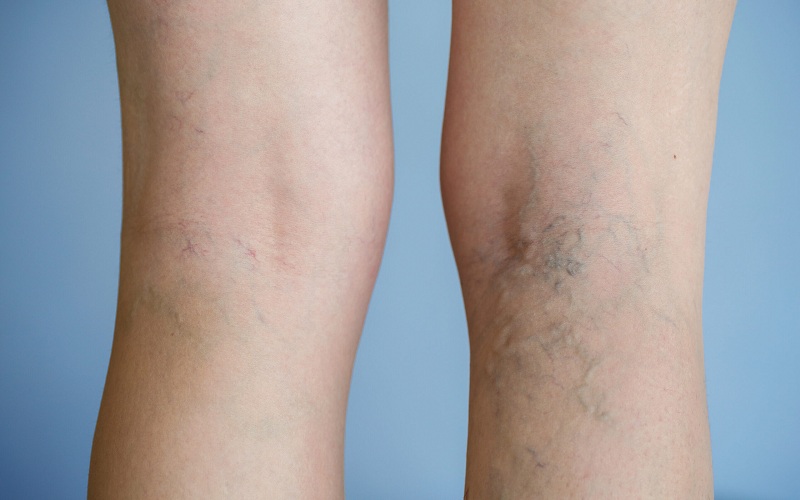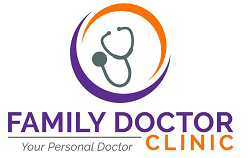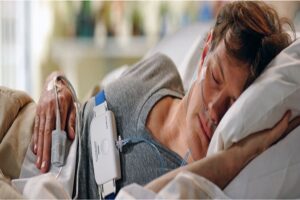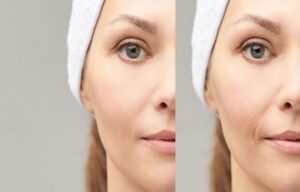What is Varicose Veins in Legs?

Varicose veins refer to enlarged or bulging veins. Every vein near the surface of the skin may become varicosed. Mostly, varicose vein affect vein around the legs. This is because walking and standing increases pressure in the veins at lower body parts.
For most people, varicose veins are a concern because it causes discomfort/pain, and at times may result in serious health issues. If the condition is diagnosed early, you can get treatment to avoid more severe vein problems in the future.
Causes
Usually, increased and uncontrolled blood pressure causes varicose veins. When valves in your veins get damaged or weaken, blood will accumulate there. This, in turn, enlarges your veins.
Standing or sitting for a long period can also cause pooling of blood; thus, increasing blood pressure in those veins found in the legs. As a result, veins will stretch, weaken their walls, and eventually destroy the valves.
Common Symptoms
Symptoms associated with moderate varicose veins include heavy legs, throbbing, burning, tiredness, and itching. Some patients doesn’t experience these symptoms and may feel nothing on their affected legs.
However, leaving varicose veins untreated comes with serious consequences. According to healthcare experts, varicose veins are progressive conditions, and faulty veins may develop over time, accompanied with severe complication and symptoms, like the following:
- Discoloring of your skin
- Swollen legs
- Bulging of affected veins
- Aching or pain in all the affected areas
- Blue or dark purple veins
Who Is More at Risk?
Varicose veins can easily develop on anyone. However, some factors can increase chances of getting varicose veins, like gender and age.
When it comes to gender, females are more likely to get varicose veins. Research shows that pregnant women and people who take control pills or are approaching menopause have a greater risk of developing the condition, thanks to hormonal changes.
Apart from gender, aging also increases the risks of developing this condition. This means as you grow older, your veins become more stiff and elastic.
Diagnosis
During diagnosis, healthcare providers do physical exams and evaluate things, like lifestyle, activity levels, family, history, and symptoms.
When necessary, healthcare providers can also conduct imaging tests, like a DUS or duplex ultrasound. This non-invasive approach uses a sound wave to evaluate flow of blood through veins in the patient’s legs.
Treatment
There are many treatment options that help doctors deal with varicose veins. Common treatments you can go through are:
- Stripping or ligation
- Sclerotherapy
- Endothermal ablation
Prevention
Activities and behaviors that helps to improve muscle tone and blood flow can minimize the risks of getting this condition and even prevent it from worsening. Some of these things include losing weight, exercising more, eating healthily, and using compression hosiery or socks.
Varicose veins, if uncontrolled, can worse. This applies even when you adjust your lifestyle to manage pain and control the condition. However, if you notice severe symptoms, like blood clots, chronic inflammation, sore legs, consult a medical control to suggest a better approach, like surgery and other interventions.





